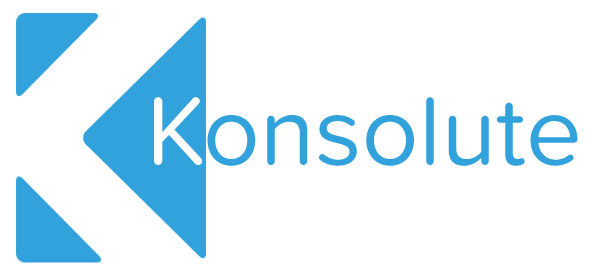case study
Streamlining Internal Communications for Nuclear Waste Services: A Case Study on Konsolute's Modern Intranet Solution
Nuclear Waste Services (NWS) brings together the UK’s leading nuclear waste management capabilities. In 2021 Nuclear Decommissioning Authority (NDA) announced the merger of two organisations, namely Low Level Waste Repository (LLWR) and Radioactive Waste Management (RWM) to create an organisation focused on the management of the UK’s nuclear waste, safely and securely for generations to come.
NWS is committed to providing permanent solutions to the UK's nuclear waste, which has been produced and managed on an industrial scale since the 1940s. NWS approach and capabilities for waste management have adapted to keep pace with NDA's ambitious decommissioning goals, including a commitment to recycle 50% of waste from decommissioning and reduce secondary wastes by around 70% by 2030. NWS is dedication to create a sustainable and efficient nuclear waste management solutions ensures a brighter, safer future for generations to come. As a part of the NDA group, NWS is responsible for managing the UK's nuclear waste, ensuring that it is disposed of safely and securely for generations to come. With their ambitious goals and integrated approach, NWS is a vital player in the UK's nuclear waste management landscape.
Challenge
During the merger between LLWR and RWM that formed Nuclear Waste Services (NWS), effective communication was crucial to ensure a smooth transition and alignment of goals. With multiple departments and teams coming together, it was essential to create a cohesive culture, clarify roles and responsibilities, and establish a shared vision for the future. Effective was essential in in building trust, minimizing uncertainties, and reducing resistance to change.
Content Managers from both organisations required a platform to create and distribute content that was relevant across both organizations whilst having the ability to uniquely cater content specific to an organization. It was essential that the solution would offer collaborative platform to share knowledge, reach out to a wider audience and ensure that employees were informed up-to-date information.
Strategy
It was decided to use SharePoint Online as as the underlying platform due to its capabilities for enterprise-level collaboration and communication for creating a Modern Intranet solution. The strategy of introducing an Intranet during a merger was vital in promoting effective communication and collaboration between different teams and departments. In the case of Nuclear Waste Services (NWS), the merger between LLWR and RWM presented an opportunity to create a unified platform that would streamline communication and facilitate knowledge sharing among employees.
The Modern Intranet was built on SharePoint Online, which was taken to the next level by leveraging Konsolute’s Intranet Widgets. The Widgets enabled the organisation to enhance collaboration and user experience on the Intranet.
Audience targeting enabled Content Managers from both organizations to target content to specific user groups based on their organization as well as run campaign on targeted days. This personalized approach resulted in higher user engagement and satisfaction. Users felt that the Intranet was tailored specifically for them, leading to increased productivity and collaboration.
In addition to the personalized targeting, Microsoft Viva feature were leveraged to enhance the Intranet. Microsoft Viva used AI-driven signals to suggest relevant information to employees, empowering them to make informed decisions and stay up to date on the latest information.
To ensure the seamless and secure experience, the tenant leveraged new collaboration features such as Azure B2B, which worked in conjunction with Azure AD’s Conditional Access Policies and Sensitivity Labels. This ensured that employees had the best user experience whilst remaining secure.
Result
The Intranet played a key role in disseminating important information about the merger, such as the vision, goals, and organizational structure of the new company. By keeping employees informed and engaged, an Intranet helped to reduce uncertainty and anxiety during the transition period, while fostering a sense of shared purpose and commitment to the success of the new organization.
The Intranet enabled the organisation to share critical information and resources across the organization which helped to break down silos and promote collaboration between teams, enabling NWS to leverage the collective expertise and capabilities of its employees to achieve its objectives more effectively.
- Nuclear industry
- Modern Intranet
- Microsoft Viva
- SharePoint Online
- Microsoft Power Automate
